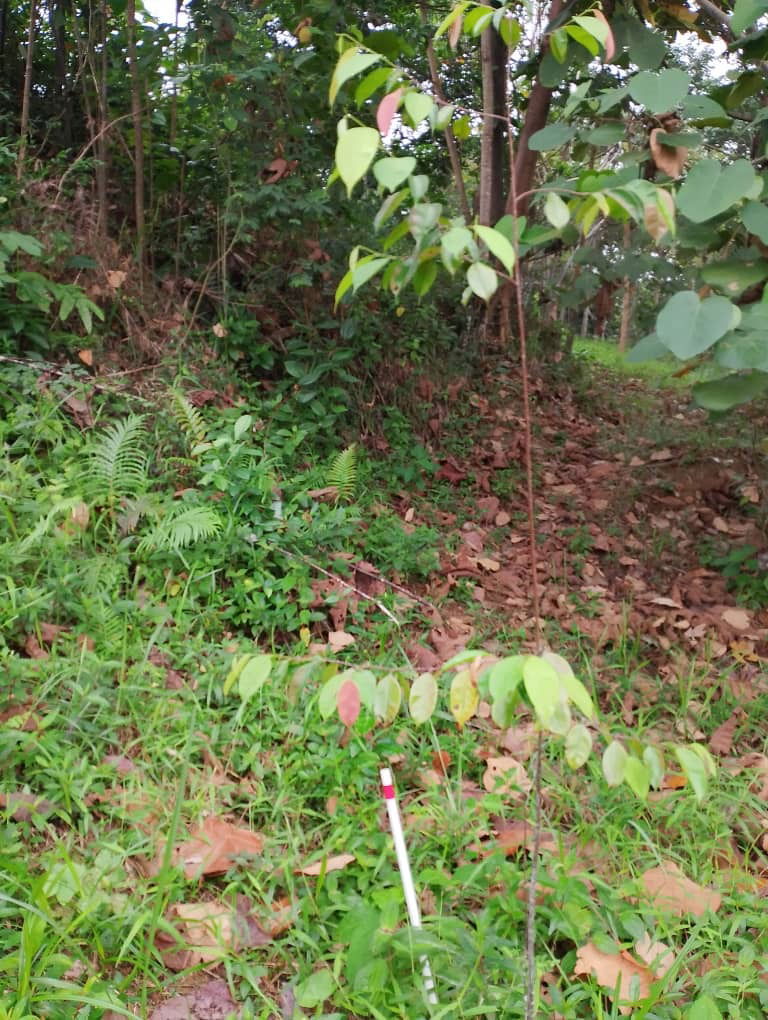|
|
Botanical Name
| Dryobalanops aromatica Gaertn. f. |
| Genus | Dryobalanops |
| Family | Dipterocarpaceae |
| Distribution | Dry. aromatica occurs in Sumatra, the Malay Peninsula, the Lingga Archipelago, and Borneo. In the peninsula, it is confined to the eastern side south of 5N latitude, with small but important area in the Rawang district of Selangor. This exceptional pocket of kapur on the west coast of the peninsula begs an explanation. Wyatt-Smith (1963) believed that they were planted by aborigines in the days when camphor fetched a high price. Ashton thinks not-it seems the ridges of Kancing F.R. have quartzite backbones, and hence could well produce a soil more comparable to the sandy loams of the east coast than to the granite typical of th Kancing area. This is mainly a species of the lowland dipterocarp forests although it does occasionally enter the hill zone. It demands well-drained soil, and seems to prefer rather steep slopes and ridges to flat and undulating land. The altitudinal range is between about 70 and 350 m. of all our dipterocarps, Dry. aromatica is the most markedly gregarious. In certain localities it has been estimated that this species forms 60-90% of the total volume of timber, and over large areas it is the most common and sometimes dominant tree species. Though greatly reduced by habitat conversion and logging, this species is not under threat.
|
| Bole Characteristics | Very large trees sometimes exceeding 65 m height and 10 m girth (average of mature trees in virgin jungle = 70 cm diam. (Forxworthy 1927: 45); buttresses short and stout, or large; bole tall and well shaped, usually purple-brown in color, smooth in young trees, to shaggy, with large, irregular, thin flakes of bark in old specimens; crown conical in young trees, umbrella-shaped in large, small-leafed, usually a greyish green tinge. In plantations the characteristic crown shyness is clearly visible, whereby each individual shows clear separation from the crowns of neighbouring trees by a gap of about a meter.
|
| Herbarium Characteristics | Oval to rotundate, with an acumen about 1 cm long, about 5 × 3 cm, but considerably variable, glabrous, drying reddish brown and sometimes glaucescent beneath; midrib sunk on the upper surface; nerves very numerous, fine, parallel, almost invisible on the upper surface; petioles slender, about 1 cm long, slightly channeled.
|




